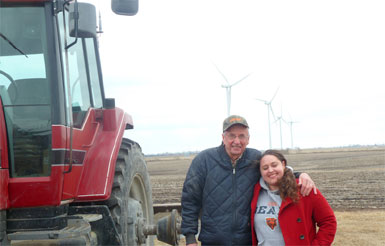Early stage clean energy businesses based in Illinois will soon get a lift from the state’s new revolving equity fund, designed specifically for them.
Governor Quinn says its a way to meet the twin goals of addressing climate change while driving the local economy forward.
Created as a revolving equity fund, The Clean Energy Fund will give startups $100,000 to $500,000 in convertible notes – in areas such as smart grid technology, next-generation transportation, energy efficiency, renewable energy, and water resource management.
But companies can’t just be starting out. Eligible companies will have raised at least $1.5 million from investors, have a credible CEO and governance structure, market-ready products or services and be generating revenue.
Half of the initial $4.6 million seeded to the fund comes from federal funds granted for this purpose to the Illinois Department of Commerce and Economic Opportunity. The other half will be raised from private investors through fundraising efforts of Clean Energy Trust – an organization that offers business development assistance to clean energy startups that have a clear path to commercialization.
Returns generated by the awards will be reinvested into more emerging clean energy businesses.
Interested businesses that meet the criteria will receive
mentoring from Clean Energy Trust before pitching business plans to a panel of
independent judges. Awards will be made this fall.
Wind turbines at an Illinois farm:

Even with minimal incentives and state support thus far, Illinois is home to 97,000 people who work in the clean energy industry, and is ranked #4 among states for installed wind capacity. Microsoft just purchased all the energy generated from a 175 MW wind farm near Chicago and a planned 62 MW solar PV farm will be among the largest in the Midwest. And Illinois ranks #1 for LEED-certified projects.
The state’s Renewable Portfolio Standard requires utilities to source 25% of energy from clean sources by 2025. It needs an update because it doesn’t require utilities to source the energy in-state and doesn’t apply to all utilities equally.
Here’s the Clean Energy Fund website:
